In the world of culinary excellence, the right tools can make all the difference, and when it comes to
preparing hearty soups, stews, and stocks, a heavy gauge stock pot is a kitchen essential. Understanding the nuances of heavy gauge cookware and making an informed decision can elevate your cooking experience. Let's delve into the world of heavy gauge stock pots and explore how to choose the perfect one for your kitchen.
Understanding Heavy Gauge Materials
Explanation of Heavy Gauge in Cookware
Before delving into the details of heavy gauge stock pots, it's essential to grasp the concept of heavy gauge in cookware. In simple terms, it refers to the thickness of the pot's material. The thickness affects the pot's durability, heat retention, and overall cooking performance. When it comes to heavy gauge stock pots, thicker materials are preferred for their ability to withstand high temperatures and resist warping.
Different Materials Used in Heavy Gauge Stock Pots
Stainless Steel: Stainless steel is a popular choice for heavy gauge stock pots. Known for its durability and resistance to rust, it
provides excellent heat distribution. Opt for pots with an aluminum or copper core for enhanced conductivity.
Aluminum: Aluminum is a lightweight yet sturdy option for heavy gauge cookware. It
heats up quickly and distributes heat evenly, making it an efficient choice for simmering soups and slow-cooking stews.
Copper: Copper heavy gauge stock pots offer unparalleled heat conductivity. However, they often come with a stainless steel or tin lining to
prevent reactions with acidic foods. While luxurious, copper pots may require more maintenance.
Benefits of Heavy Gauge Stock Pots
Enhanced Durability
Investing in a heavy gauge stock pot means investing in durability. Thicker materials resist dents and scratches,
ensuring your pot stands the test of time. This longevity not only saves you money in the long run but also guarantees a reliable partner in your culinary adventures.
Improved Heat Distribution
One of the key advantages of heavy gauge stock pots is their superior heat distribution.
Thicker walls prevent hot spots, ensuring that your soups and stocks cook evenly. This is crucial for achieving rich flavors and preventing unevenly cooked ingredients.
Resistance to Warping and Scratching
Unlike thinner pots that may warp under high temperatures, heavy gauge stock pots
maintain their shape and integrity. This resistance to warping is particularly important when cooking on gas stoves with fluctuating temperatures. Additionally, the thicker material makes these pots more resistant to scratches, preserving their aesthetic appeal.
Choosing the Right Size and Capacity
Determining Your Cooking Needs
Before purchasing a heavy gauge stock pot,
consider your typical batch size. If you frequently cook for a large family or enjoy entertaining guests, opting for a larger capacity is wise. Conversely, if you have limited storage space or usually cook in smaller quantities, a more compact pot might be suitable.
Considering the Size of Your Burners
Match the size of your stock pot to
the burners on your stove. A pot that extends beyond the burner's diameter can result in uneven heating and energy inefficiency. Conversely, a pot much smaller than the burner may lead to heat loss and prolonged cooking times.
Balancing Size and Storage Space
While a large stock pot is excellent for cooking big batches, it's crucial to
consider storage limitations. Opt for a size that fits comfortably in your kitchen cabinets without overcrowding. Some heavy gauge stock pots come with stackable designs or nested lids, optimizing storage space.
Maintenance and Longevity
Proper Cleaning Techniques
Maintaining the longevity of your heavy gauge stock pot involves adopting proper cleaning techniques.
Avoid abrasive scouring pads and harsh cleaning agents that can scratch the surface. Instead, use gentle detergents and soft sponges to preserve the pot's integrity.
Storing Heavy Gauge Stock Pots
To prevent unnecessary wear and tear, store your heavy gauge stock pot with care. Consider using pot protectors to
prevent scratches and dents when stacking pots. Additionally, storing lids separately can prevent damage and make accessing your pots more convenient.
Recognizing Signs of Wear and Tear
Regularly inspect your heavy gauge stock pot for signs of wear and tear.
Look for scratches, dents, or changes in the pot's shape. If you notice any issues, address them promptly to prevent further damage. Regular maintenance ensures that your heavy gauge stock pot remains a reliable kitchen companion for years to come.
Conclusion
Choosing the perfect heavy gauge stock pot involves understanding the materials, recognizing the benefits, selecting the right size, and ensuring proper maintenance. By making an informed decision, you not only enhance your cooking capabilities but also invest in a durable and long-lasting kitchen essential. Elevate your culinary journey with
the best heavy gauge stock pot from Linkfair tailored to meet your cooking needs.
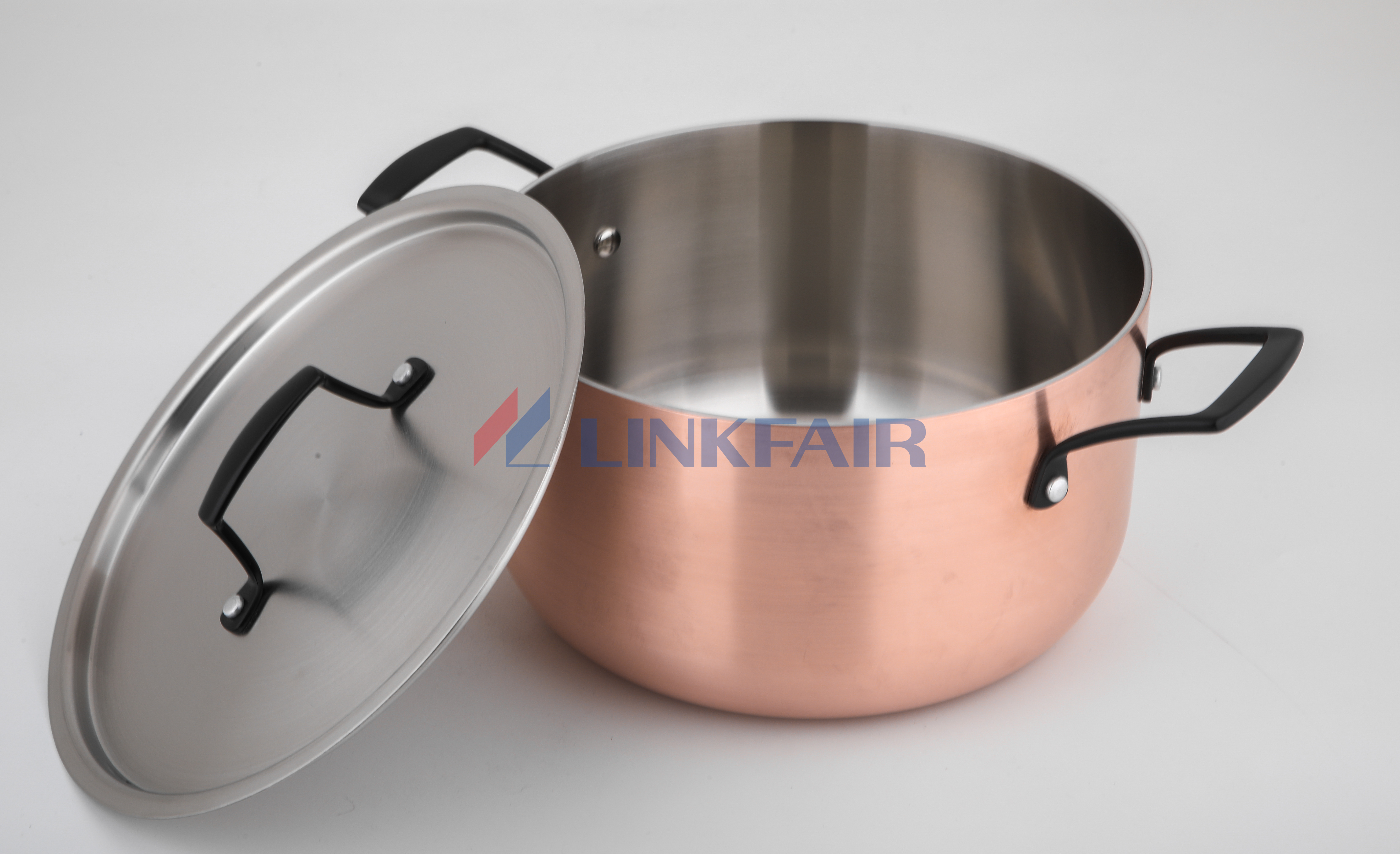

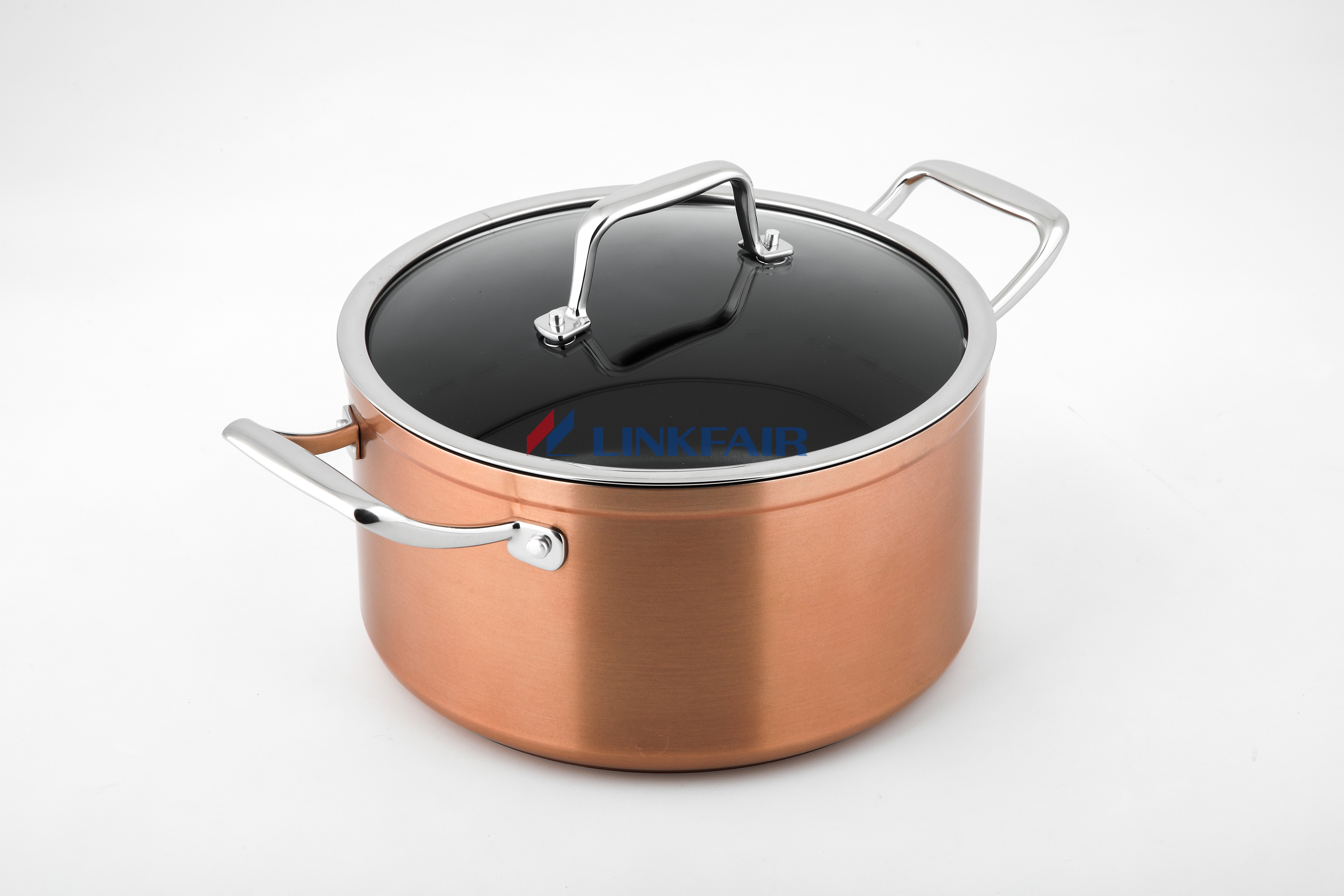
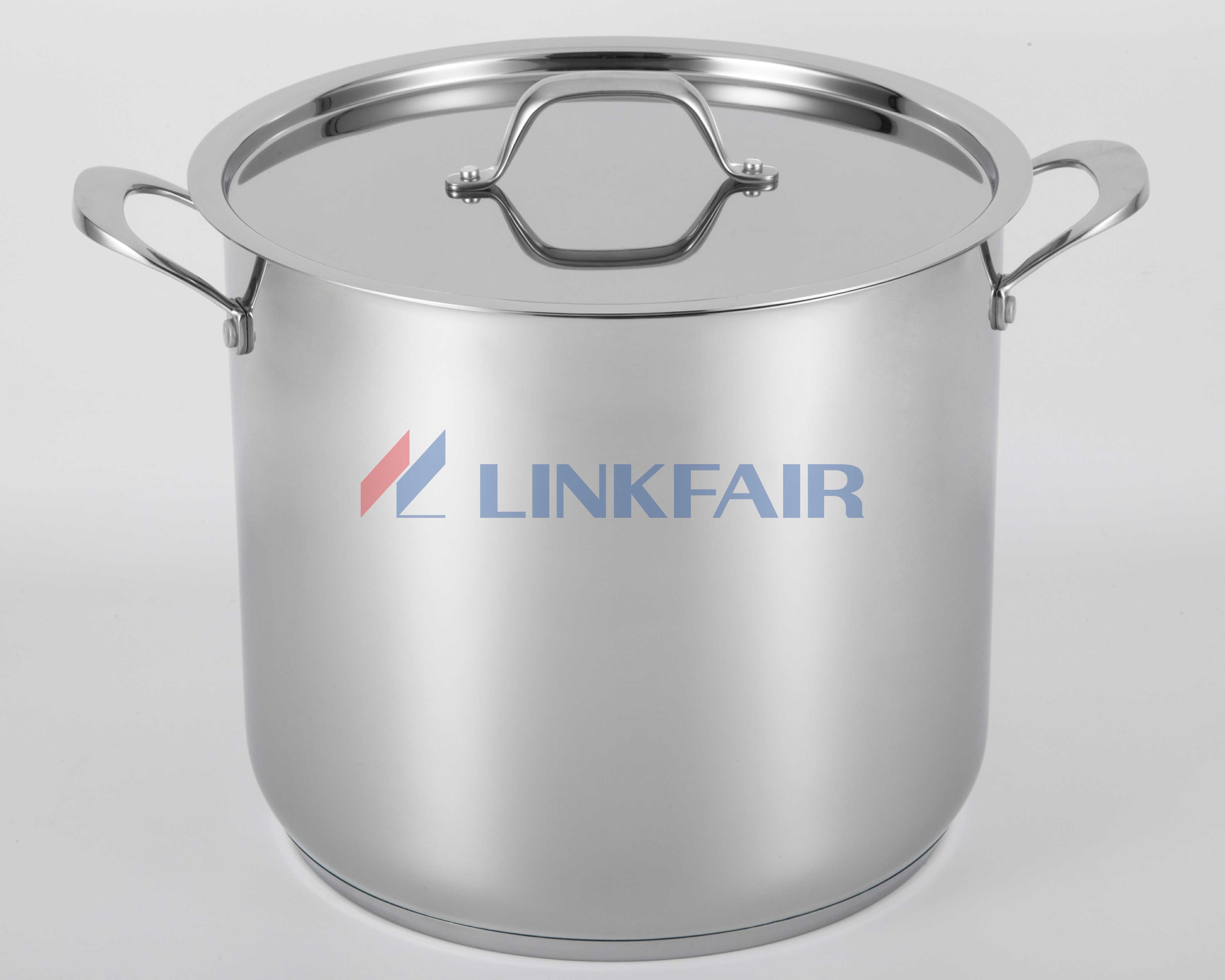

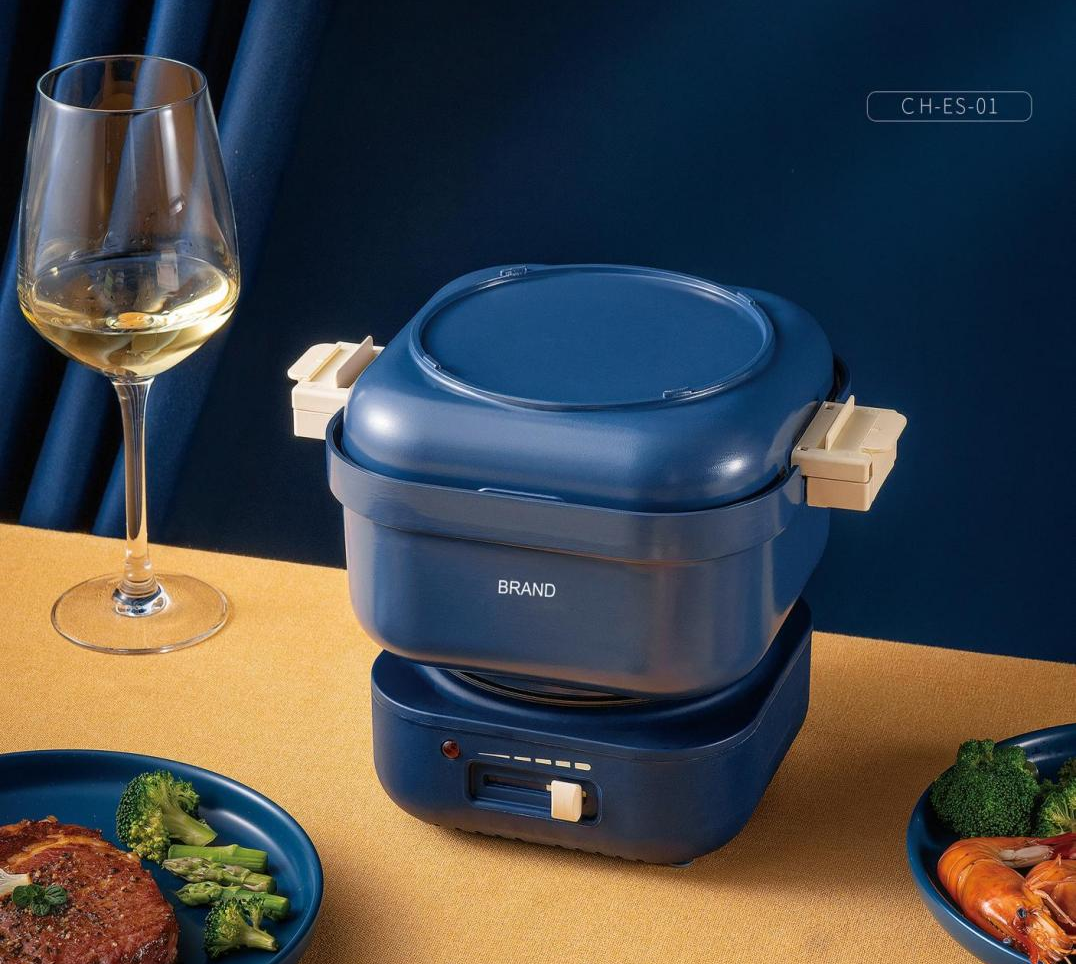


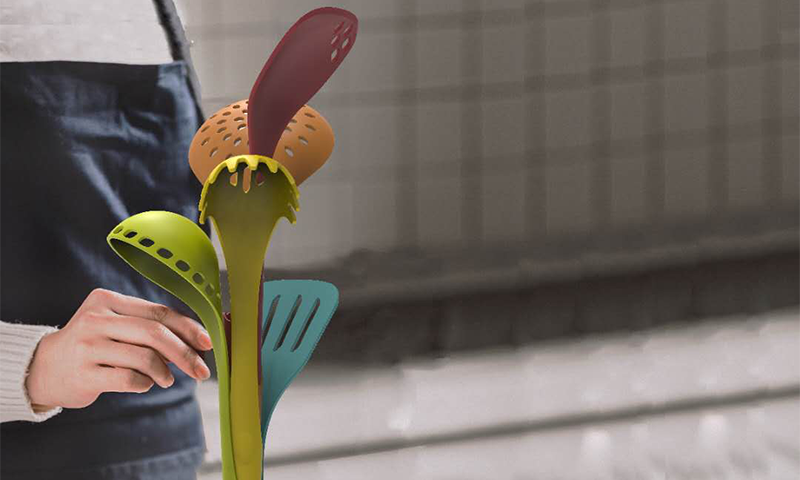
Leave a comment